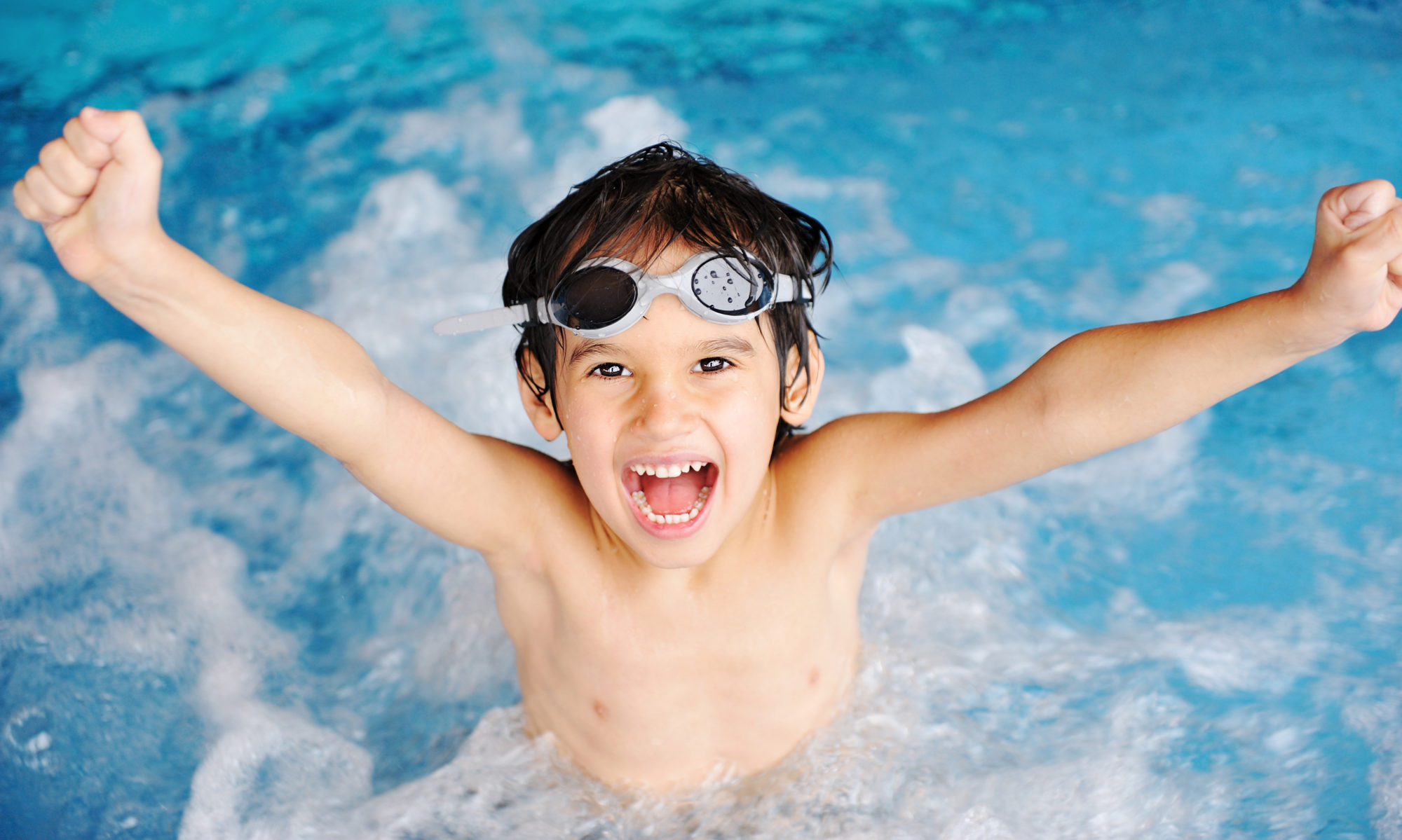When fish swim, they’re graceful. They’re balanced. They’re slippery. They move efficiently, with each motion propelling them through the water. A well designed boat slices through the water, creating as little resistance and drag as possible. What does this have to do with teaching kids to swim?
Importance of Body Shape and Position in Teaching Kids to Swim
The shape and position of the body in the water make a huge difference to how well the body moves through the water. Before even considering teaching your child strokes, you have to teach him to feel his body in the water and to shape his body in the water. This is a great swimming skill to start to teach even before you get into the pool.
The First Stage of Teaching Swimming Body Shape and Position
You’re aiming for a long, balanced body position. The longer you can make your body in the water, the faster you’ll move. Kids tend to revert to a dog paddling position, with their bodies close to vertical in the water and their arms bent and close to their bodies.
Have your child lie on the ground outside the pool or at home, on his back or his stomach. Don’t forget to put a towel down to make him comfortable if you’re practicing on hard ground. Ask him how his body feels while he’s lying down. What’s the feeling in his limbs? How about in his belly? What about his head? Compare this to how it feels to sit or stand.
Practice the streamlined position until it feels natural. Have your child practice not just lifting his arms overhead but stretching them as if he’s reaching for something just beyond his fingertips. Keep the body in a streamline position, with the arms reaching forward, the arms and head in line with the torso, the chest pressing down into the water, and the legs in line with the torso. Practice it on the ground outside the pool.
